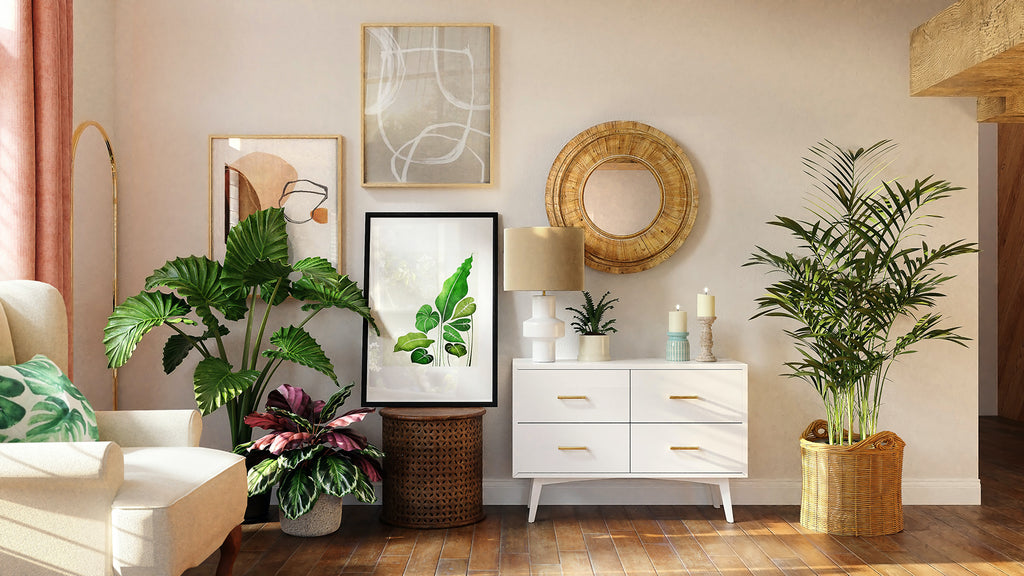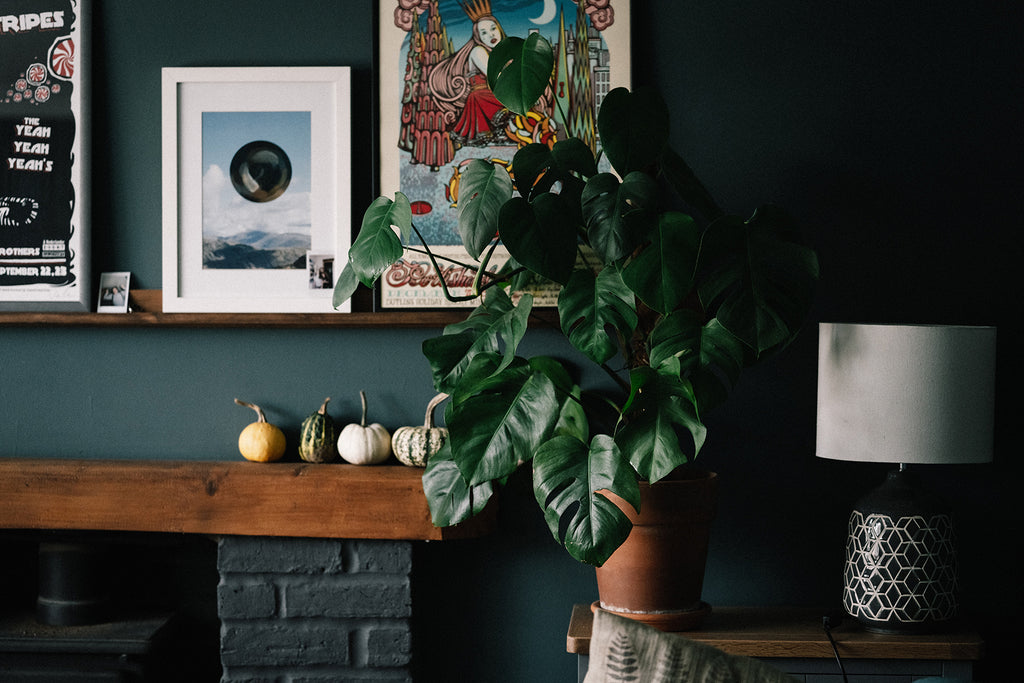Perfect Pair: Find the Best Plant for You (Part 1)
Have you ever purchased a plant thinking it would look great in your space only to have it wilt or die soon after? This happens when you choose your plants based on appearances alone. A number of factors could cause plant problems, but it boils down to whether or not you chose the right plant for you and your home. They may bring you joy for a time, but you’ll soon learn that their care may involve a little more than you can give.

We’re releasing two parts of this extensive list for all the new and seasoned plant parents. Don’t know what plants to start growing? Are you out of the house often? Does your space have an inadequate amount of light?
From those starting their green journey to those loving the main benefits of houseplants, start with this list to help narrow down your search. You’ll find a plant to fit your lifestyle in no time!
BEGINNER-FRIENDLY

Want plants but don’t know where to start? Choose beginner-friendly plants that are low maintenance, to help you get a hang of caring for plants at home.
Snake Plant
Snake Plants, also known as “Mother-In-Law’s Tongue” are a sturdy species of houseplants that are almost impossible to kill. They are characterized by long, stiff leaves that are dark green and are usually outlined in yellow.
Care: The Snake Plant isn’t picky, it grows in bright light or a darker corner of your home. Water it when the soil dries out to avoid root rot.
Golden Pothos
Golden Pothos is a low-maintenance, tropical vine that can either hang loose or grow up a stackable pole. They are a forgiving plant for beginners, as they don’t need constant checking up on. They can even purify the air of toxins like formaldehyde and carbon monoxide, but are toxic to both pets and humans if consumed.
Care: They enjoy medium light, but can survive in low-light for extended periods of time. Water them when the top layer of soil dries out, which is about 1-2 times a week. Prune them to encourage new growth.
Fittonia Red Anne
Add a splash of color to your space with the stunning foliage of the Fittonia Red Anne. Also known as “Nerve Plant,” Red Anne is characterized by small, velvety green leaves covered in red and pink veins. A compact plant that is fairly easy to grow indoors, they are also non-toxic and pet-friendly!
Care: Keep your Red Anne in bright, indirect light to maintain its vibrant color. They like to be kept moist, and thrive with regular misting to maintain the humidity of thee area surrounding.
AIR PURIFYING

Studies have shown that keeping plants in indoor spaces can improve air quality. Most houseplants are natural air purifiers that release oxygen and absorb carbon dioxide. They can even remove up to 87 percent of toxins found in the air.
Fiddle Leaf Fig Tree
Fiddle Leaf Fig Tree is a notoriously finicky plant to care for, but is still quite popular among interior-centric Pinterest Boards and Instagram accounts. Not only do they reward you with large, showy leaves as they grow, but they are also among the best houseplants for air purifying. It works at night to absorb carbon dioxide and release oxygen. It also removes formaldehyde and xylene.
Care: Native to the tropical Cameroon in Africa, this plant loves the hot and humid weather that isn’t always available indoors. Keep it whether bright, full sun is available or consider a grow light. Fiddle Leaf Figs also prefer drying out between watering, so make sure to water when the top of the soil is dry to the touch.
Silver Wings Fern
Native to Southeast Asia, Silver Wings Fern is a cultivar of Asplenium nidus.They are distinguished fronds that are bright green, wavy, and sword-shaped. Ferns are a stunning tropical addition to your home that look great as a centerpiece for the focal point of the home. They also work as air coolers and purifiers, removing airborne pollutants like formaldehyde, xylene, and toluene.
Care: This plant thrives in medium to low indirect light. Water 1-2 weeks, or when the soil is almost completely dry before watering.
Rubber Tree
A stunning addition to the home, the Rubber Tree leaves grow in deep shades of green, rich burgundy, and even chalky black. Native to Central and South America, and Asia, Rubber Trees also thrive indoors. Place them in your living room or hallway as a centerpiece that also purifies the air around the house. According to Architectural Digest, the Rubber Tree not only produces oxygen, it also removes bacteria and mold spores from the air.
Care: This plant enjoys bright, indirect light, but is also known to survive in low light. Water evenly and thoroughly, until the water runs through the drainage holes of your pot. Learn more about troubleshooting Rubber Trees here.
LOW-LIGHT

If your space has little natural light, or not enough room to add a grow light, choose low-light loving plants that grow indoors even with minimal light.
Dracaena Anita
Native to Madagascar, the Dracaena Anita is an easy-going, tropical plant. It’s characterized by long leaves that grow upward from a central stalk and is generally quite sturdy. This plant is beginner-friendly because it’s low-maintenance. It will survive in a variety of different lighting conditions, including low light and spaces with artificial light, like an office.
Care: Like many tropical plants, Dracaena Anita enjoys humid spaces. Mist around the plant daily or place the pot on a pebble tray to increase humidity. A pebble tray is a shallow dish or tray with pebbles and water shallow enough so that it doesn’t touch the bottom of the plant. Water thoroughly when the top 2 inches of soil is dry.
Peace Lily
Another considerably low-maintenance plant is the Peace Lily. A favorite indoor plant, the peace lily is also an air purifier, filtering out acetone, mold spores, and even alcohol. They are shade-loving plants, and can tolerate artificial light, such as fluorescents. Be warned that a peace lily is actually toxic to dogs and cats, so it’s best to avoid this plant or make sure you keep it out of reach of pets.
Care: Watch out for browning tips on your peace lily, it’s a sign that your plant lacks humidity in the air. Spraying around the plant or using a pebble tray should help.
Bacularis
Bacularis plants are sturdy, with fleshy leaves that hold water. They grow best in moderate to bright indirect light, but adapt well to low-light conditions. Because of this, Bacularis plants are low-maintenance in nature and make for a great indoor plant and are forgiving for beginners.
Care: Water thoroughly every 1-2 weeks, ensuring the top soil has dried out completely. Allow the plant to drain freely.
Watch out for the second part of this article as we talk about pet-friendly plants, insect repellant plants and plants you can grow, harvest, and eat!
